Here's an all-too familiar winter driving scene: the roads are dusted with slippery, powdery snow and the all-season tires that came with your car seem to be getting the job done. Until your back wheels start to fishtail. Or you brake for a traffic light -- and your car keeps rolling (skating?) toward that icy intersection for several more seconds.
Opt out of those nerve-wracking moments this winter. Get snow tires. Get your brakes, your traction (and your confidence) back.
Snow tires (also called winter tires) provide better traction and braking on winter roads compared to all-season tires, summer tires, or performance tires. The main advantages of snow tires come from cold-friendly rubber composition and precipitation-friendly tread design:
Deeper Tread Depth: Snow tire treads can grip though surface snow and slush.
Groovy Tread Patterns: Snow tire tread patterns have more grooves, to increase the surface area for traction.
Wider Siping: Snow tire edges often feature more open channels called siping to evacuate water.
Softer Rubber: Snow tire rubber is formulated to stay flexible in temperatures below 45 °F / 7 °C (where other tires may develop cracks and premature wear).
Winter tires come in studded and studless types. (Technically, studdable tires are also on the market -- with holes in the tread to install your own studs.) Studded tires offer extreme traction, but give you a bumpy ride the rest of the time. Plus, studded tires damage roads. They’re only legal during winter in most of Canada and the U.S. -- and banned outright in some states. Studded snow tires were once the state of the art in snow tire design and many of us grew up with them. Studless snow tires are the standard winter tire choice today, thanks to decades of advances in tread design and rubber formulation.
All-season tires are not a substitute for snow tires.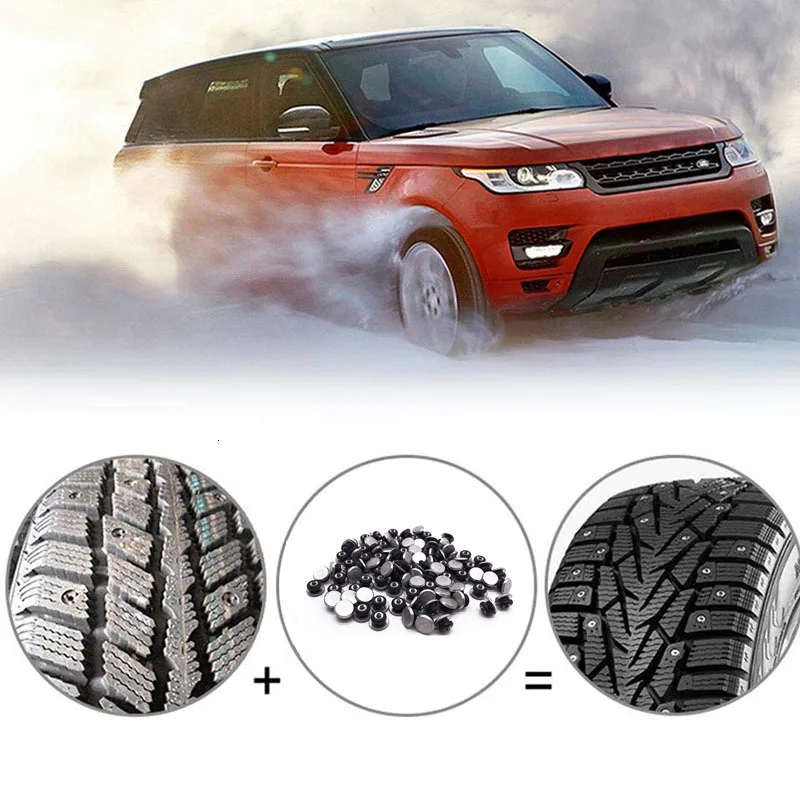 They’re designed to be a compromise between winter traction and warm-weather performance, comfort, and fuel efficiency. Both summer tires and winter tires outperform all-season tires in their areas of strength. And depending on where you drive, snow tires may be a requirement:
They’re designed to be a compromise between winter traction and warm-weather performance, comfort, and fuel efficiency. Both summer tires and winter tires outperform all-season tires in their areas of strength. And depending on where you drive, snow tires may be a requirement:
Vehicles registered in the province of Quebec must have four snow tires from December 1 to March 15 -- and they must be either studded or marked with the three-peak mountain snowflake (3PMSF) symbol. (Learn about 3PMSF tires.)
In several U.S. states, local officials have the power to mandate snow tires (or chains) during harsh weather or on snowy roads. New to an area with serious winters? Check with your state transportation department -- or your local Midas tire expert -- for current tire laws.
More and more off-road and all-terrain tires bear the 3PMSF “mountain snowflake” symbol indicating that they are snow-rated, but these tires aren’t a substitute for snow tires. They’re designed to include snow in the types of terrain they can handle, but most aren’t made of cold-tolerant rubber and they aren’t optimized for the full range of winter challenges -- such as icy streets when you aren’t driving off-road.
They’re designed to include snow in the types of terrain they can handle, but most aren’t made of cold-tolerant rubber and they aren’t optimized for the full range of winter challenges -- such as icy streets when you aren’t driving off-road.
Off-road driving can complicate your snow tire options. Trust Midas to help you find your perfect winter tires.
Related:
Learn more about all-terrain tires.
If winter temperatures in your area regularly drop below 45 °F / 7 °C, snow tires are well worth the extra expense - no matter how much (or how little) snow falls.
1. Snow tires offer better cold-weather traction whether it’s snowing or not, because they’re made of more cold-tolerant rubber than other tires. So “snow” tires offer peace of mind all winter -- even when there’s not a cloud in the sky.
2. Snow tire treads really do outperform all-season tires on snow and ice. In a test of multiple tire brands, Consumer Reports found that winter tires reduced braking distance on ice by an average of six feet, and improved snow traction by an average of 34%
1.
Here’s another reason snow tires are worth the money: Keeping your regular tires off the road and safely stored during the winter months will extend their life for another two or three years.
Four matching snow tires are recommended for all passenger vehicle types. Your vehicle’s brakes and traction control are designed for all its tires to have the same traction capability. If you only change your front tires to winter tires, the back of your vehicle may spin out as the back tires grip the road loosely compared to the front. If you only install winter tires on the back of your car, you may find it difficult to turn your vehicle as the front tires encounter resistance from the back tires.
Winter tires excel in temperatures below 45 °F / 7 °C, and summer tires rule the road in warmer weather. It’s not just about snow -- it’s the rubber, too. Summer tires can grow brittle in cold weather, risking premature cracks and wear. Winter tires can become too soft in warm weather, increasing rolling resistance, compromising fuel efficiency, and wearing down your tire edges prematurely.
Snow tires should not be used when the temperature regularly exceeds 45 °F / 7 °C. Snow tires are made of softer rubber than other tires to counteract the brittleness that rubber takes on when cold. A winter tire used in warm weather becomes too soft, causing uneven tread wear and risking premature breakdown. The tread wear pattern on a snow tire used out of season looks much like the wear pattern on an under-inflated tire.
A set of snow tires that is properly used, maintained, and stored will provide most drivers with three to four seasons of superior winter traction. After that, the tires may be usable for several more winters, but without the full benefits of winter tires. Your tire manufacturer may offer guidelines, and the actual life of your snow tires will depend on your mileage, your driving conditions, and how you care for your tires. You can extend their life by using your winter tires in only cold weather, storing them properly in warm weather, maintaining proper tire pressure, and following a regular schedule of wheel alignment, tire rotation, and tire balancing.
Replace your snow tires if they sustain sidewall damage, or when they’ve worn down below acceptable tread depth. In the U.S., 2/32” is the legal minimum tire tread depth, and some manufacturers encourage drivers to keep their tires until that point. (Tip: When your tire wear bars show visible wear, you’re there. Replace those tires as soon as possible.) But 4/32” to 6/32” may be a better tread depth for snow tires. In a test of multiple winter tire brands at 5/32”-6/32” tread depth, Consumer Reports saw a 14.5% decline in snow traction during acceleration, and a 7% increase in wet stopping distance2.
Related:
How to measure tire tread depth with a U.S. or Canadian coin.
Your local Midas technician can inspect your snow tires during the season switch, or whenever you have your tires serviced. You’ll get objective advice on when it’s time for replacement tires.
In warmer weather (temperatures regularly above 45 °F / 7 °C) store snow tires away from heat, light, air, and moisture to protect them from rubber breakdown and dry rot.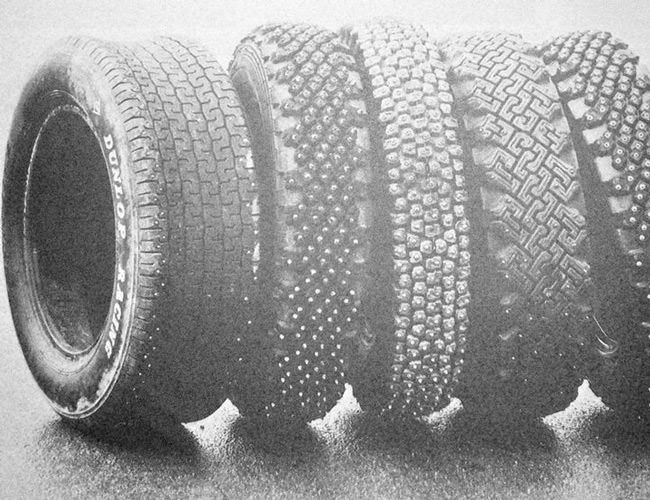
Updated:
Photo: iStockWhether your region requires you to install snow-rated tires during the cold months or you simply want to sport them for added safety, you should know how much a winter tire costs.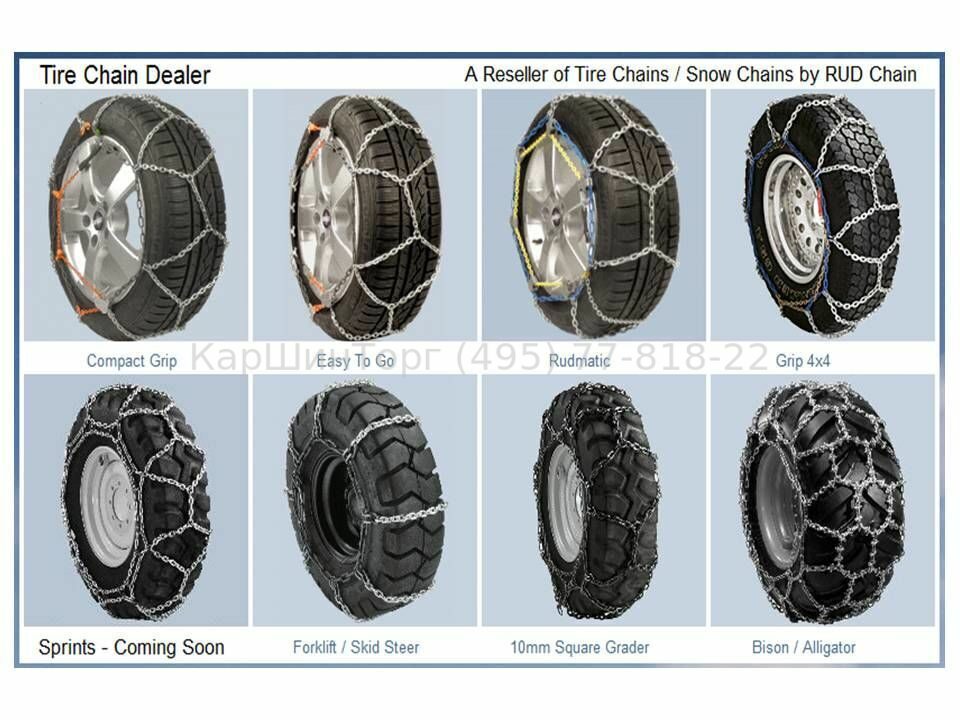 Many car owners just don’t install winter tires because they believe they’re unaffordable.
Many car owners just don’t install winter tires because they believe they’re unaffordable.
While winter tires are typically known to be more expensive, affordable options from growing tire brands like Sailun Tire don’t compromise on the quality and performance drivers expect on the icy roads.
But even the pricer ones are more affordable than your rising insurance premium, likely medical bills, and automotive repairs (not covered in the insurance policy) that you must endure due to an accident in harsh winter conditions.
Here, we will explain the cost of different winter tires and the additional expenses associated with them. If you’re in the market for new winter tires — from value-based to premium — check out our full buying guide here.
Many factors affect the price of winter tires, including brand, type, quality, and size. Since every brand has its own criteria to evaluate the price for its rubber, we would avoid commenting on it.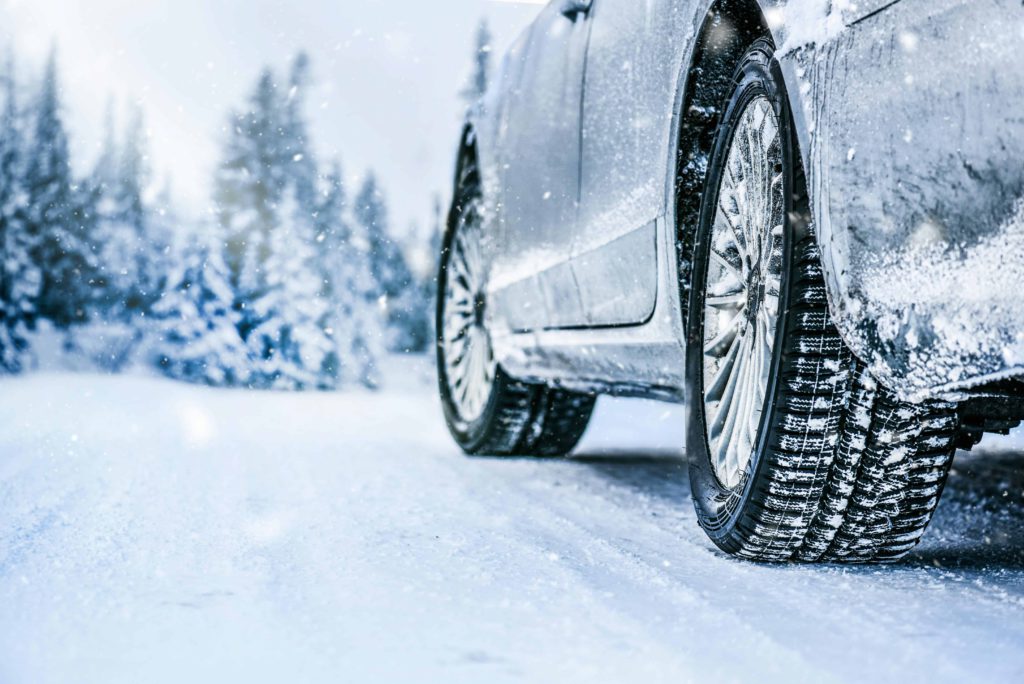 However, we will specifically discuss type, quality and size to give you a fair idea of winter or snow tires.
However, we will specifically discuss type, quality and size to give you a fair idea of winter or snow tires.
For a compact car with a famous 205/55R16 size, below are approximate prices.
The three main types of winters you find in the market include studless, studded, and winter performance.
Studdless Tires
For most people, studdless winter tires are a perfect companion in cold conditions. These incorporate biting edges and soft rubber compounds, making them flexible for winter. A standard studdless tire will cost you anywhere between $60 and $550, each.
On average, for a typical compact car, expect to pay around $100-$150 per tire or $400-$600 for all four. For an SUV or light-duty pickup, the price goes up to $200-$400 each or $800-$1,200 for a set of four.
Studded Tires
For extreme weather conditions like freezing rain, sleet and wet ice, studded tires are ideal for a safe driving experience.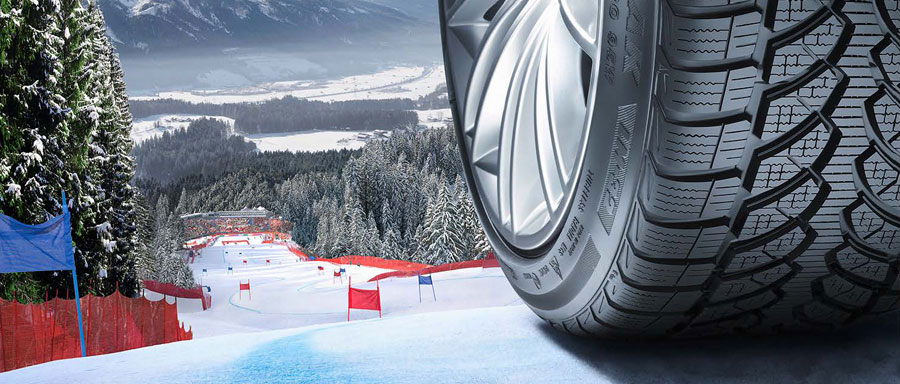 The metal studs fixed on these tires bite into ice, giving you improved grip and handling. A studded rubber would cost you around $75-$550 or more per tire. For two pairs, you can expect to pay between $300 and $2,200.
The metal studs fixed on these tires bite into ice, giving you improved grip and handling. A studded rubber would cost you around $75-$550 or more per tire. For two pairs, you can expect to pay between $300 and $2,200.
There are also studdable options, like the Sailun Iceblazer WST1 studdable performance winter tire trusted by over 1-million drivers in Canada alone, which won’t break the bank yet designed for drivers that demand maximum traction in severe weather conditions.
Sailun IceBlazer WST1 studdable winter tireSailun IceBlazer WST1 studdable winter tireWinter Performance Tires
For guys who do not want to leave their sports cars or performance sedans in their garage in winters, they should put on winter performance tires. They are designed to offer excellent traction at high speeds on wet and dry roads. However, they are not your perfect companion for ice or snow-packed roads. A regular high performer is available at around $100-$500 each or $400-$2,000 for all four.
For all the prices we mentioned above, the smaller the size, the lower the cost. However, the price variation also depends on the tire brand, with American tires selling higher than Chinese-made tires.
The prices we shared above are purely for snow tires; they do not include installation charges. For installation, you have two choices. You can either mount the winter rubber on the existing wheels or buy a new set of wheels for all tires.

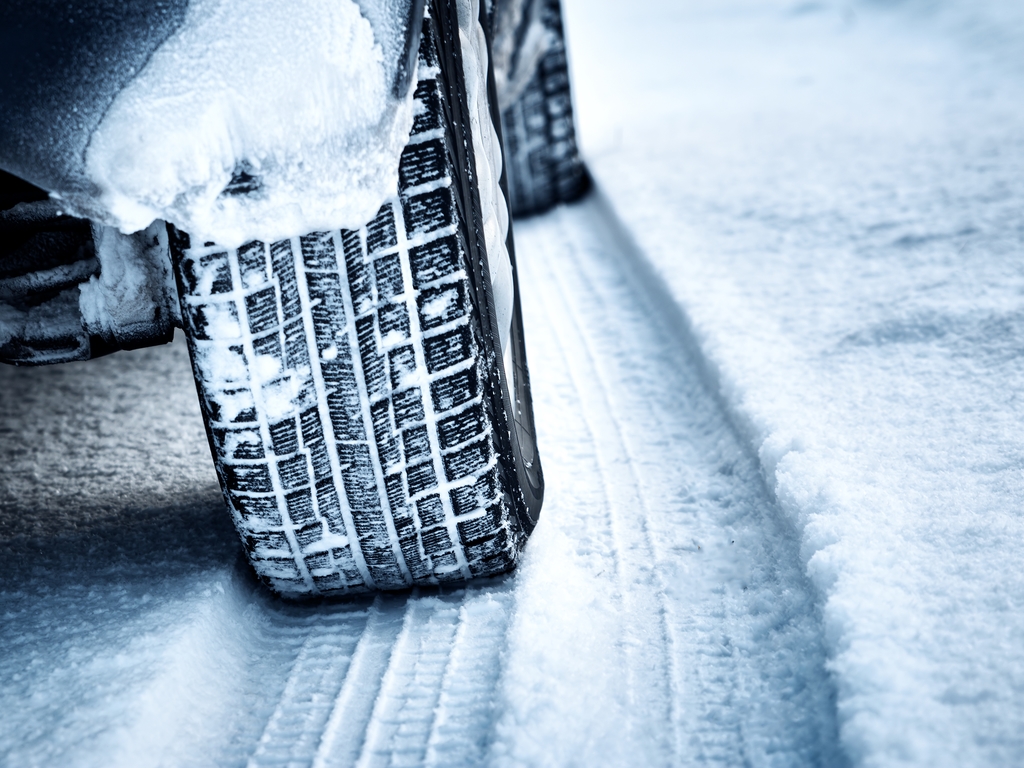 The latter comprises everything from the valve stem, tire installation, and wheel balancing. However, some workshops ask for an extra $2-$25 per tire for these services.
The latter comprises everything from the valve stem, tire installation, and wheel balancing. However, some workshops ask for an extra $2-$25 per tire for these services.  For a two-wheel-drive car, if you think two new tires would be enough, you can’t be more wrong. With only two wheels gripping properly, the vehicle can simply pinwheel out of control.
For a two-wheel-drive car, if you think two new tires would be enough, you can’t be more wrong. With only two wheels gripping properly, the vehicle can simply pinwheel out of control.Consumer Reports says that winters tires increase the snow traction by 34%, thus making it easy for you to stop and maneuver the vehicle. These tires actually cut the braking distance by around six feet. That six feet distance is often the gap between you rear-ending a car or drifting into a crossing against carefully coming to a halt without causing a mishap.
Buying the snow tires also enables you to enjoy insurance savings as well as better fuel mileage (if you maintain them well).
Of note, 76% of all Canadians change their all-season tires with snow tires to enjoy better traction and control. Most car owners say that these tires have saved them a possibly dangerous condition.
What are spikes and why are they needed?
Purpose of studs on winter tires
How many studs are on winter tires from different manufacturers?
How many studs are on winter tires of different sizes?
Conclusion
When choosing winter tires for the next year, drivers actively study ratings, expert reviews, reviews of other motorists. In each of these materials, you can find divisions into studded and non-studded tires. In the first case, special attention is paid to the wear resistance of metal inserts. To make it easier to choose the right tires and control the level of durability, attentive drivers sometimes ask themselves the question: “How many studs are on winter tires, and what does this parameter affect?”. In this article we will try to understand the features of modern studding, but it is worth mentioning right away that the exact number of inserts depends on the manufacturer and the specific model.
In this article we will try to understand the features of modern studding, but it is worth mentioning right away that the exact number of inserts depends on the manufacturer and the specific model.
Studs are found exclusively on winter tires and are not allowed for use in every region. Metal inserts can spoil the road surface, and therefore in countries with warm winters they are completely banned.
The spike is a two-piece metal element.
The core of the inclusion or the so-called body. This is the part of the stud that is visible when visually inspecting the tires. The rod is responsible for holding the metal structure in winter tires. This part of the stud is made of light alloy and may have additional serrations that reduce the risk of flying out.
The core of the spike. This bulging part is of the greatest importance, as it provides traction on ice and packed snow.
Winter tire manufacturers are redesigning the carbide insert and body to provide better wear and grip. However, the weight of the spike is limited. In Russia, this parameter should not exceed 1.6 g. For tires manufactured in Finland, there is a stricter limit - 1.1 g.
However, the weight of the spike is limited. In Russia, this parameter should not exceed 1.6 g. For tires manufactured in Finland, there is a stricter limit - 1.1 g.
The tasks of tires used in winter are reduced to the need to cope with snow porridge and mud, provide cross-country ability in deep snow and efficient braking, fast acceleration on ice. To perform the latter function, spikes are used. They work on ice and packed snow, literally biting into the surface.
Obviously, the greater the number of metal inserts in studded tires, the more effective braking and acceleration. However, with the use of new technologies, some manufacturers have managed to achieve good performance with a small number of studs. The car is confidently controlled on a slippery road due to sipes and grip blocks on tires, an improved rubber compound.
As mentioned above, the number of metal inserts is regulated in different countries in their own way.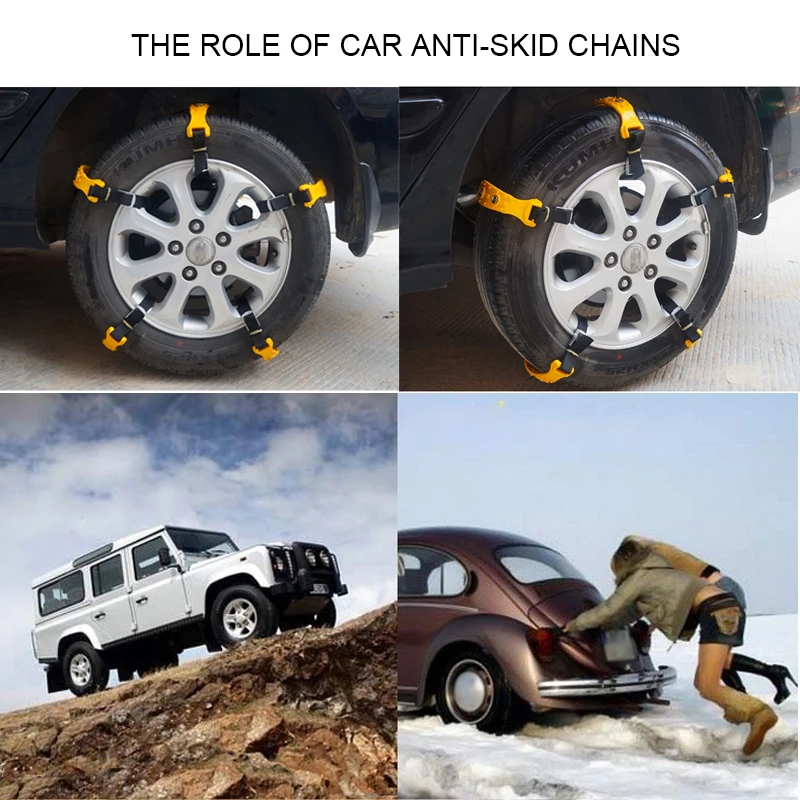 The inclusion of studs in the design of the tire is only allowed in the Scandinavian and European countries. Asian regions do not welcome the use of metal hooks, but some manufacturers from Japan, Korea and China make similar models for import to countries with a cold climate. A striking example of such brands is Bridgestone, Yokohama. In various models from Asian plants, a large number of spikes cannot be seen. As a rule, the number of metal inserts does not exceed 130 pieces per tire.
The inclusion of studs in the design of the tire is only allowed in the Scandinavian and European countries. Asian regions do not welcome the use of metal hooks, but some manufacturers from Japan, Korea and China make similar models for import to countries with a cold climate. A striking example of such brands is Bridgestone, Yokohama. In various models from Asian plants, a large number of spikes cannot be seen. As a rule, the number of metal inserts does not exceed 130 pieces per tire.
In the Scandinavian countries since 2009 there has been a regulation prohibiting the installation of spikes in quantities of more than 50 pieces per linear meter. However, this regulation has a caveat. A manufacturer can make more studs on their tires if they can prove that it does not harm asphalt and other road surfaces. Finnish brands hold the record for the number of holds. In some models, their number can reach 180 units.
Domestic manufacturers have no restrictions on the number of studs on tires produced. Therefore, in the models of Russian brands, you can find from 130 to 160 metal inserts.
Therefore, in the models of Russian brands, you can find from 130 to 160 metal inserts.
The number of metal inserts ranges from 90 to 190 pieces. The exact quantity is an individual parameter, which is influenced by the design features and the technologies used.
This size is very common among budget cars. On winter tires Nokian Nordman 5 size R13, 110 studs were counted. It is worth noting here that according to generally accepted standards, the number of metal inserts on rubber of this diameter should be up to 90 pieces per wheel, but some manufacturers exceed this figure if it does not harm the road surface.
New cars of domestic production (Grant, Priora and others) are already equipped with R14 wheels, so this size is gradually replacing the 13th diameter. On winter tires Nokian Nordman 4 and 5 also managed to count 110 studs. Cordiant Polar has similar figures.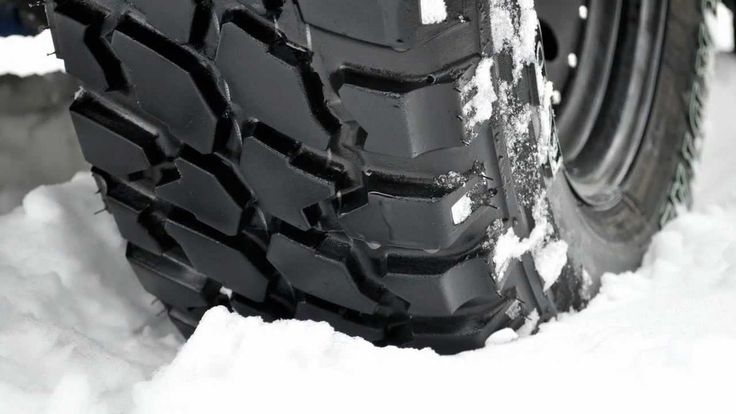 Fewer studs for Gislaved Nord Frost rubber - 90, as it should be by established standards. Nokian Hakkapeliitta 8 - 165 tires became the leader in the number of metal inserts.
Fewer studs for Gislaved Nord Frost rubber - 90, as it should be by established standards. Nokian Hakkapeliitta 8 - 165 tires became the leader in the number of metal inserts.
If we take the same Nokian Nordman 5, you can see that the number of spikes on the rubber does not change with increasing diameter. On the R15, in which budget foreign cars and domestic cars of a complete set are “shoeed”, there are still the same 110 pieces. The tendency to keep the same number of studs is also seen in Cordiant, Bridgestone, Gislaved, KAMA.
This diameter is common among foreign cars of class C. On the Chinese Nexen with a diameter of R16, 108 studs are installed. Nokian Hakkapeliitta 9 has a record number of 172, while Nokian Nordman 4 and Pirelli Ice Zero have 130 each.
This tire is suitable for luxury cars and crossovers. Goodyear has 130 studded 17-inch tires with its UltraGrip Ice Arctic model.
Goodyear has 130 studded 17-inch tires with its UltraGrip Ice Arctic model.
This large size winter tire is used on SUVs and some SUVs. The number of spikes often exceeds 130 pieces. However, there are also models with a limited number. For example, Toyo Tires managed to count 100 spikes.
The average number of studs for rubber of different diameters can be found in this table.
| Wheel size | Number of spikes (pcs) |
| R13 | 90-110 |
| R14 | 90-110 |
| R15 | 110 |
| R16 | 100-180 |
| R17 | 130 |
| R18 | 100-160 |
As can be seen from the review of some popular models, tire size has little to no effect on the number of studs.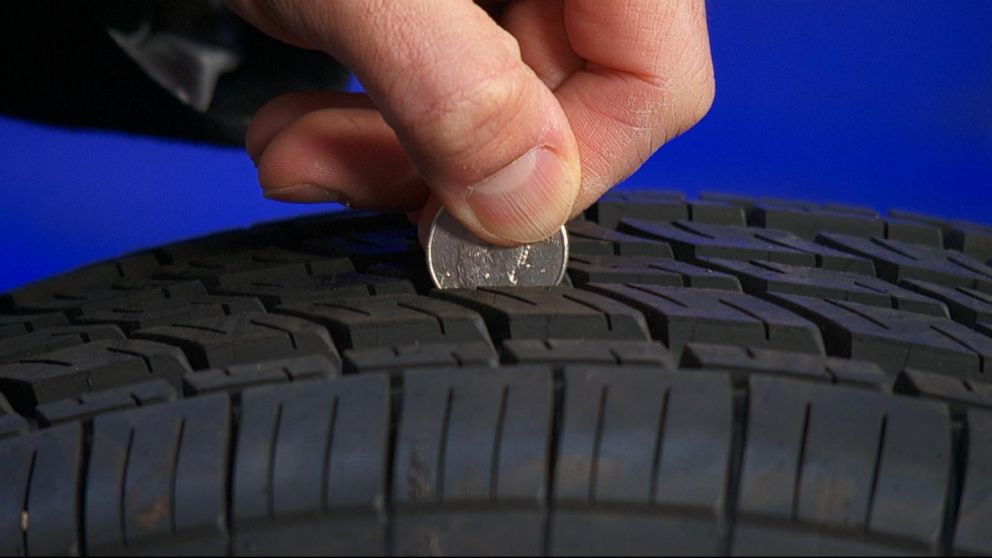
During operation, winter tires may lose their studs. The rate of wear of rubber depends on the quality of the chosen model and the characteristics of the road surface. According to current standards, studded winter tires can be used even if 40% of the metal inserts are retained. When buying tires for the winter, you should pay attention not only to how many studs are in a particular model and what is the level of wear, but also to other important features:
patency;
exchange rate stability;
rubber softness;
stability of characteristics in different weather conditions;
hydroplaning resistance and rapid water drainage.
At the same time, it is worth remembering that studded winter tires are noisier and require running in, which will help extend their life. At the same time, spikes are not always needed for a comfortable and safe ride in winter.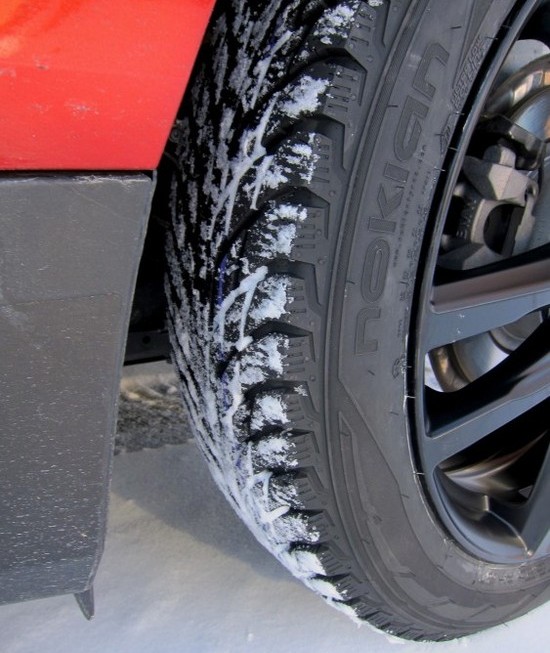 If you spend most of your time in a city where the roads are regularly cleaned and sprinkled with reagents, it is more advisable to purchase the so-called Velcro or friction tires. The following video will help you understand the intricacies of choosing between studded and non-studded tires:
If you spend most of your time in a city where the roads are regularly cleaned and sprinkled with reagents, it is more advisable to purchase the so-called Velcro or friction tires. The following video will help you understand the intricacies of choosing between studded and non-studded tires:
Konstantin Ishchenko
experienced car enthusiast
The hardest hit on the budget of a motorist is when you have to buy both summer and winter sets of tires within one year.
For example, the popular Nissan Qashqai is equipped with 225/45 R19 tires in the maximum configuration, a set of the middle price category will cost about 50,000 RUR.
But there is an option to save money and buy used tires. This article will tell you how to safely buy used tires and when you shouldn't.
Assume that the tires are worn out, worn out Or the season has changed. We wrote in detail about how to assess the condition of tires and understand when they need to be changed in a separate instruction. Before you start looking for tires, it is important to be able to read their parameters. The most important in this situation are the size, manufacturer and model of the tire.
If the task is to buy a set of four tires, then it is important to respect the size. If you damaged one tire, you will have to look for exactly the same one: two wheels of the same axle must have tires with the same tread pattern, and this is possible only in the case of tires of the same model.
/save/koleso-hack/
How to save on buying car tires and wheels?
Tire parameters important to look for: width, profile height and rim diameter Tire manufacturer and modelAccording to Avtostat, an average car in Russia drives 17,500 km a year. Let's take the average wear resistance of tires according to the Treadwear index - 320 and calculate how long a new set of summer tires could theoretically last.
Every 100 index units is 12,500 km, which means tires are rated for 40,000 km. Assuming that the summer kit is used for 6 months out of 12, the mileage for six months is 8750 km, and the kit is enough for 4.5 seasons.
If the annual mileage is 30,000 km, then the summer kit should wear out in 2.7 seasons. But I have not met people who change tires in the middle of the season: either they change them in the spring, or they drive them until autumn.
Judging by Yandex Market, the average popular tire 205/55 R16 costs 5500 R, which means that the set is 22 000 R.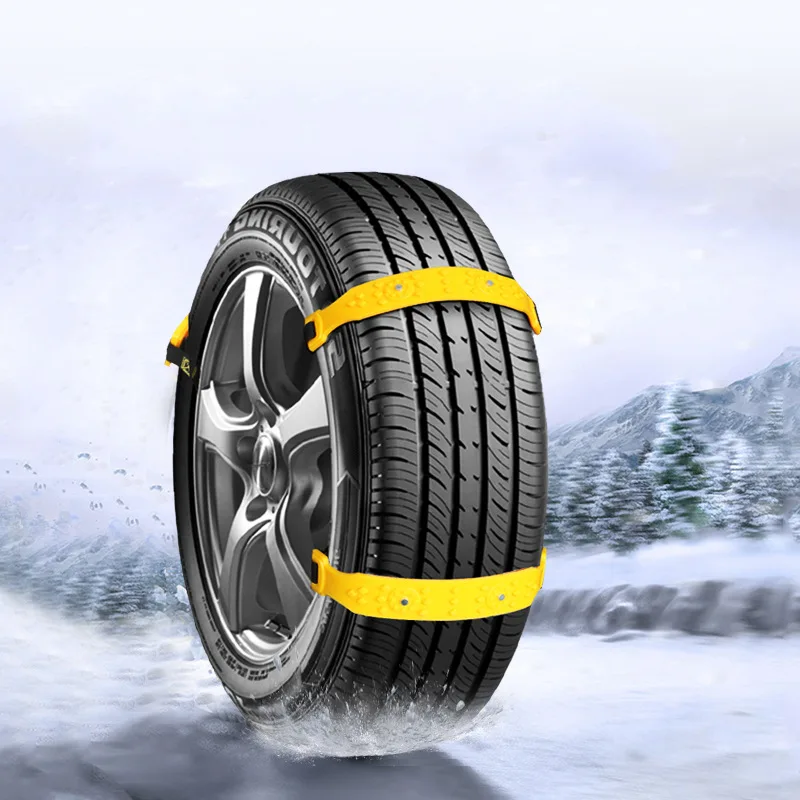 Let's round 2.7 to three full seasons. One season costs Rs. pay more than 14,000 R. How to evaluate the tread depth on a used tire, we will tell a little later.
Let's round 2.7 to three full seasons. One season costs Rs. pay more than 14,000 R. How to evaluate the tread depth on a used tire, we will tell a little later.
/top-economic-cars/
11 economical cars for daily driving
These are very average values, but still usable. There is no perfect formula, operating conditions and driving style are very different.
Buying used tires will allow you not to get into a loan if a new set is too expensive. Or it will help those who know for sure that at the end of the season they will change the car: there is no point in buying new tires for the next driver. However, the theoretical calculation does not take into account your travel time for the next purchase and the risks of buying a bad kit. If you plan to drive a car for at least two years, buy new tires.
Velcro on stamped disc. A set of tires and wheels - 3000 R. I took it to change the car into it for the duration of a long body repair.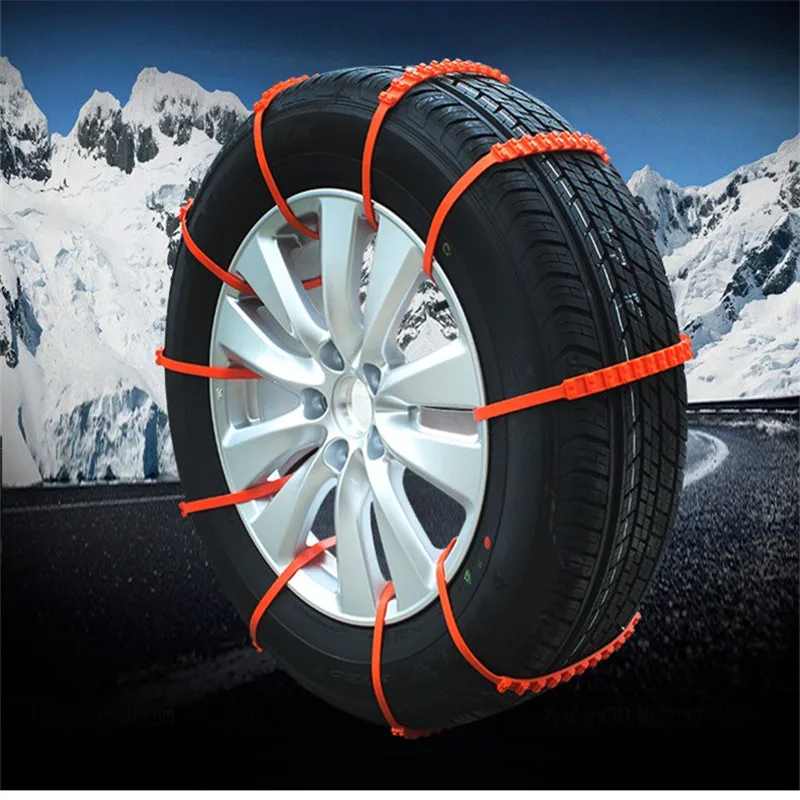 It was a pity for me to leave the car on the expensive original casting. I had to spend two weeks searching, look through hundreds of ads and once go to the other end of the city. When the wheels are no longer needed, I plan to sell for 6000 R
It was a pity for me to leave the car on the expensive original casting. I had to spend two weeks searching, look through hundreds of ads and once go to the other end of the city. When the wheels are no longer needed, I plan to sell for 6000 R At first glance, selling tires is illogical. Tires need to be worn out completely and then disposed of, but the market for used rubber is huge. It has several types of sellers with very different offers.
Companies that sell used tires from Europe and Japan. Despite the ban on the import of used rubber, which has been in effect in the Eurasian Customs Union since January 1, 2010, this business is booming. The main thing is to prove that tires are not hazardous waste and they are not imported for recycling. Therefore, on Avito and various sites, many offices offer used tires of various brands, sizes and models.
| Benefits | Disadvantages |
|---|---|
| Huge selection of summer tires Advice available, professionals know their product Usually there is a tire service on site Safer online shopping. Tire warranty until the first tire fitting, a defective tire will be changed to a good one or money will be returned | There is almost no choice of winter tires: no studded and little friction - Velcro. You can only buy "euro-winter" for mild climatic conditions. Consultation will not always be truthful and in the interests of the buyer. Everything is like on the market in a bad sense of the word Tires can be of the old year of manufacture |
Here are some of the benefits of using specialist tire shops:

But there are also disadvantages:
Dealers and tire shops. They differ from the first ones in scale - they are much smaller, and also in that they trade at best on the scale of one city. Often the base for such activities is a tire shop. They buy cheaply at Avito or from tire fitting clients, sell more expensively at Avito or other tire fitting clients.
There are also not very pleasant scenarios: an unscrupulous tire fitting worker offers to dispose of a completely normal set of tires “as a friend” and gets it for free. For another client, the same kit “very much nothing, two seasons will definitely pass” costs 15,000 rubles.
For another client, the same kit “very much nothing, two seasons will definitely pass” costs 15,000 rubles.
/save/garage-hack/
A typical tire shop that sells rubber for emergency replacement of a damaged tire. The choice is small, storage is not according to the rules: direct sunlight damages tires. But there are situations when there is no choice
Individuals who sell unwanted tires for a variety of reasons. Here are the main ones:
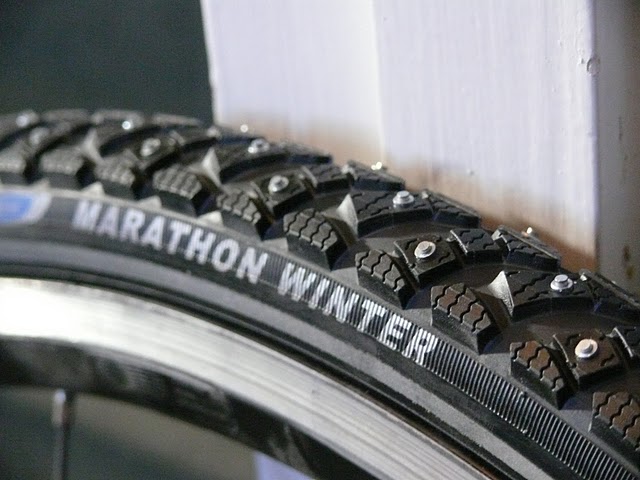 Unfortunately, Avito is inundated with such announcements.
Unfortunately, Avito is inundated with such announcements. | Advantages of | Disadvantages |
|---|---|
| You can search tires by car make and model, not just size With a little luck, you can get a super bargain | It will take a long time and carefully to choose among ads Many do not know what they are selling (errors in names, sizes and tire models are the norm) A rare seller agrees to tire fitting in his presence, everything will have to be checked by himself and by hand Many scammers: they can offer to leave an advance payment and disappear or send an erased set instead of what is in the ad No warranty on tires |
Here are some of the benefits of buying used tires from individuals:

But there are also disadvantages:
Universal ad platforms: Avito, Yula and others.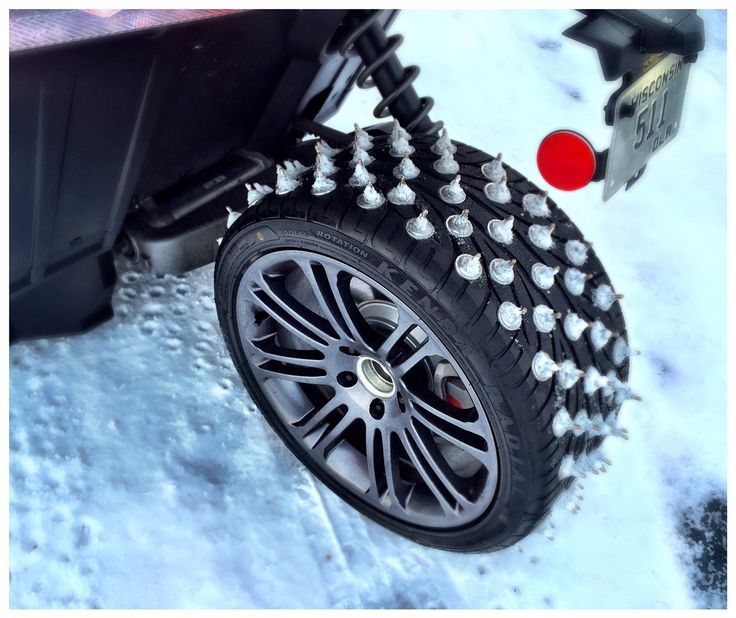 Here is the largest selection of used tires. Both private traders and professionals sell. Despite the convenient application and filters, it takes a lot of time to search. Don't expect every seller to list the model correctly. Bridgestone Potenza can become just "Bridge Stone" - and this is not the worst option.
Here is the largest selection of used tires. Both private traders and professionals sell. Despite the convenient application and filters, it takes a lot of time to search. Don't expect every seller to list the model correctly. Bridgestone Potenza can become just "Bridge Stone" - and this is not the worst option.
You will have to scroll through a huge number of ads with completely worn tires that are only suitable for recycling. Unfortunately, no filters will save you from this. Looking for tires on Avito is like looking for a treasure: you have to dig a lot, and no one guarantees a reward, but some are lucky.
/avito-fraud/
"Avito": how to avoid scammers
Adjust the filter by size - so you will have more chances to find the tires you need You can no longer drive on such tires: they are worn out to the limit marks, this can be seen even in the photo. Plus, the sidewalls are very worn out. But the seller still thinks that he can get 3000 R for them Sites for car sales announcements: "Avto-ru" and "Drom".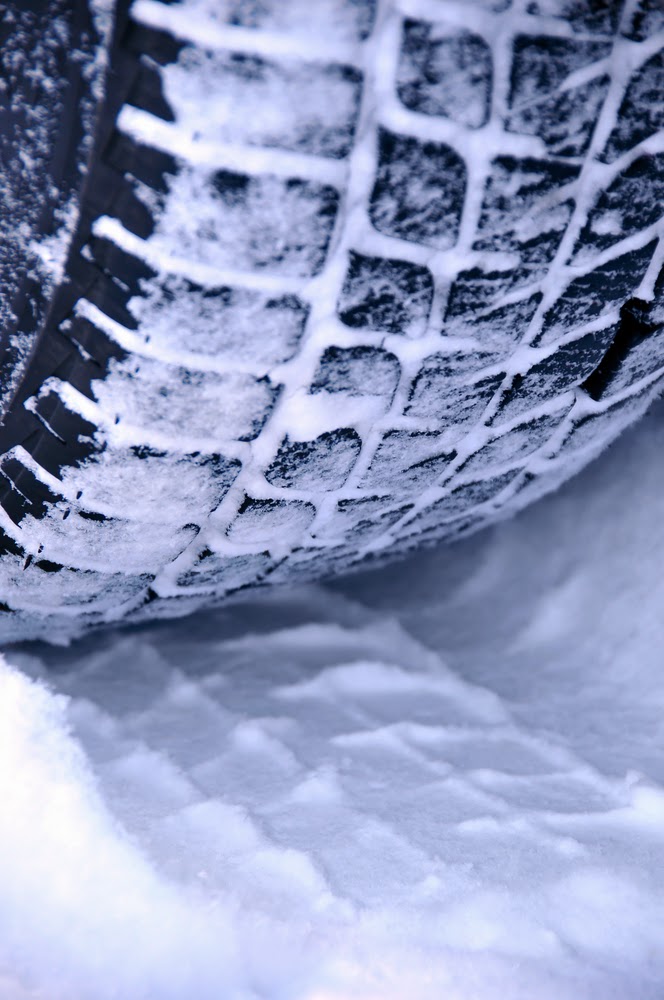 There are few private ads here, mainly specialized stores operate on such sites.
There are few private ads here, mainly specialized stores operate on such sites.
Droma has the largest selection of used wheels and tires from Japan in the country. Drome offers a good customer protection service and acts as a guarantor of purchase: if they send you worn or damaged tires, the site will return the money. If everything is fine, they will be transferred to the seller.
At the time of writing the article on Avto-ru, there were only five private ads for the sale of tires of the common size 205/50 R17 throughout Russia. It makes no sense to look for tires from private traders on this site. Source: Avto-ruCar club sites: forums, chats, Drive-2 — places where representatives of car clubs communicate. Sometimes it can be difficult to find the site itself. This can be a group on Vkontakte, a chat on Telegram or WhatsApp.
There are fewer offers here, but they are more interesting, more likely to find a good set. It is not customary to post completely junk for sale in communities or to greatly inflate the price: the ad will be discussed, criticized, or even deleted altogether.
But don't forget about safety. You should not buy something without verification or send the entire amount to a stranger in another city. It is usually customary to ask a friend of a teammate to go look at the kit and make sure that the tires are sent. Here, as a rule, you can place your ad on the purchase of the necessary tires and wait for responses.
There is a flea market on Drive-2. It is not very popular, but it is worth looking into it: there are filters separately for disks, wheels and tires, you can specify the dimensions.
/carservice/
How to save on the operation of the car
Special online stores and car disassembly In most cases, such sellers open an official representative office on Avito, but some sites are also still working. They may have rare tires or a more interesting price. Large auto-dismantlers rarely sell tires - they mainly sell sets of wheels. The condition of the tires on the rims is most often mediocre: a car is not sent to scrap on good tires.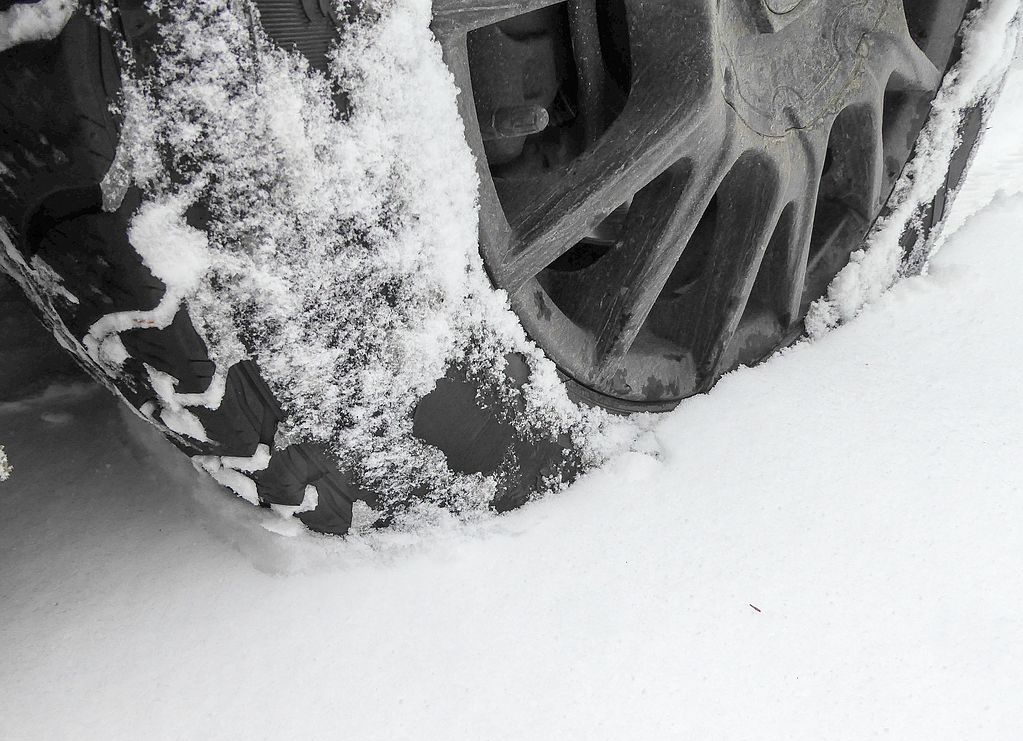
Tire shops and car services. It's hard to find interesting deals on tires here, it's not their business. Tires in a tire shop are usually bought in emergency cases: when one or more tires are damaged, but you need to somehow drive a couple of weeks to pay.
Price. Before buying used tires, it is better to check the price of new tires of the right size. Tires from young Chinese brands are very cheap, and the market for used tires is overheated and overpriced. It is impossible to unequivocally answer which is better: a new tire from an unknown manufacturer or a used tire from a well-known brand. But it is necessary to compare, study reviews and weigh everything.
At first glance, an excellent offer. A set of fresh tires 215/55 R17 with 20% wear for 18,000 R. But the indicated balance of 6 mm is about 30% wear. The remaining tread of the new tire is 8 mm, the tread limiter bar has a height of 1.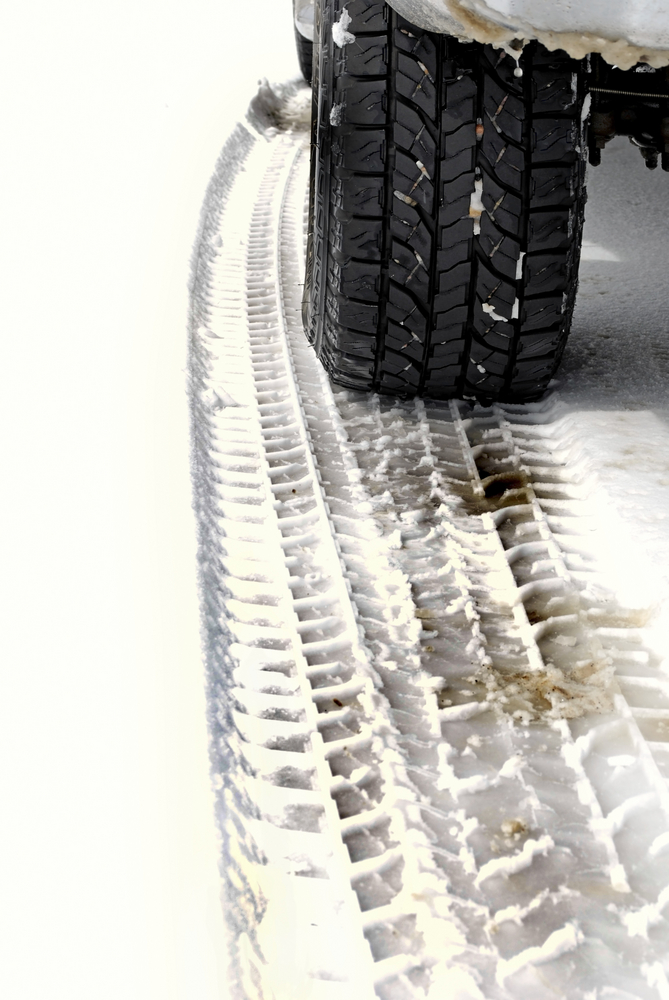 6 mm. The tire is worn 2 mm. Usable tread depth: 8 mm − 1.6 mm = 6.4 mm. 2mm from 6.4mm is 31% wear. Source: Avito But then it turns out that the new ones are very inexpensive. The remaining 6 mm is two-thirds of the tire resource, which means that buying such a kit costs no more than 16,000 R. Source: Yandex Market
6 mm. The tire is worn 2 mm. Usable tread depth: 8 mm − 1.6 mm = 6.4 mm. 2mm from 6.4mm is 31% wear. Source: Avito But then it turns out that the new ones are very inexpensive. The remaining 6 mm is two-thirds of the tire resource, which means that buying such a kit costs no more than 16,000 R. Source: Yandex Market Manufacturer, model, size, indices and other features. Be sure to check all tire specifications - everything that is indicated on the sidewall. The seller may not understand tires well or deliberately lie. Carefully inspect each tire. For example, you can accidentally buy a set of four tires, where three will be with runflat technology and one without it. If buying tires remotely, always ask for individual photos of each tire in full detail, or even better, a video.
Tire year. Among the ads of specialized stores, there are often tires that are more than 5 years old. Tires may have excellent tread residue, but it is better to refrain from such a purchase. The older the tire, the worse its properties and the greater the chance of hidden damage: cracks, delaminations and ruptures.
The older the tire, the worse its properties and the greater the chance of hidden damage: cracks, delaminations and ruptures.
/wtf/bezkoles/
How online tire stores deceive car owners
The tire release marking always looks like this: the first two digits are the week of production, the second two are the yearTread depth. It is not necessary to measure the residual depth "by eye", it is better to buy a special device or use a caliper. The standard tread depth of new summer car tires is 7-8 mm, winter tires are 8-10 mm.
About tires that are long overdue for disposal, they wrote above: summer tires less than 4 mm or winter tires less than 5 mm should not be bought "for the season", it is not safe.
Digital Tread Depth Gauge is a simple and cheap instrument. It will help to accurately measure the residual tread depth and adjust the price of a set of tires. Source: Yandex Market Tread condition, damage and repairs.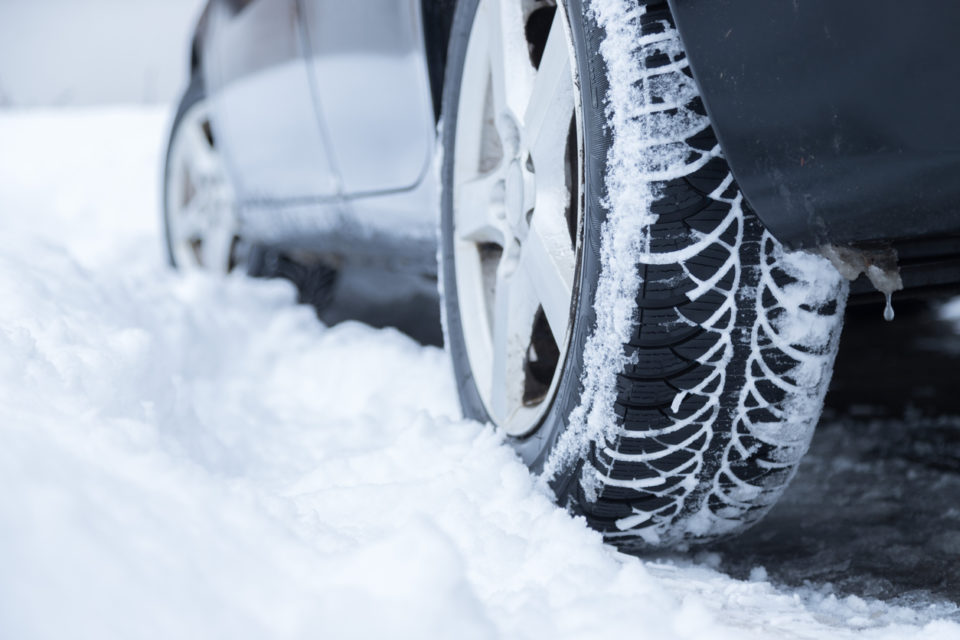 Do not buy tires with uneven tread wear. They will not be able to provide a complete drainage of water from the contact patch with the road, it is unsafe to ride on them. Severe cuts or even the absence of individual tread fragments will also be a reason to refuse a purchase. Without a specialist, you run the risk of buying a tire that you cannot use.
Do not buy tires with uneven tread wear. They will not be able to provide a complete drainage of water from the contact patch with the road, it is unsafe to ride on them. Severe cuts or even the absence of individual tread fragments will also be a reason to refuse a purchase. Without a specialist, you run the risk of buying a tire that you cannot use.
But do not be afraid of well-repaired punctures. Tires with patches on the inside of the tread part can be bought, this will not affect further operation. You should not buy tires on which punctures were repaired with a tourniquet.
/mini-jcw/
How much does it cost to own a Mini John Cooper Works
Obviously, this tire is no good: there is almost no tread, the studs are completely worn out. The central part is almost completely missing, and the sidewalls are less worn. Maybe the tire was pumped. Surprisingly, they also sell such Cracks and delaminations. Long longitudinal cracks, along the circumference of the tire on the sidewall or small cracks in the tread area - in any case, bad.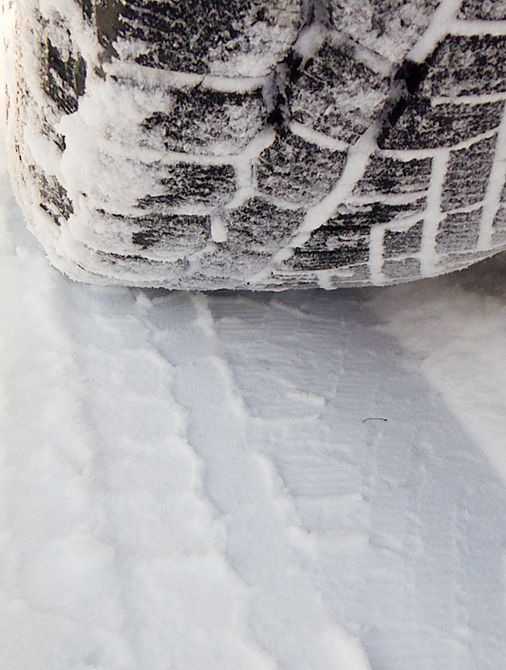 Either such a tire was poorly stored, or it is very old. This is a particularly dangerous case, because such a tire can collapse while driving and cause a terrible accident. Cracks are not repaired, so you will have to refrain from buying.
Either such a tire was poorly stored, or it is very old. This is a particularly dangerous case, because such a tire can collapse while driving and cause a terrible accident. Cracks are not repaired, so you will have to refrain from buying.
Sidewall condition, damage and repairs. Hernias of any size, side cuts and patches on the side of the tire are good reasons to keep looking. You can't buy these tires.
Carefully inspect and feel the sidewalls of the tires. Unfortunately, not all defects can be found on a tire without a disk and without air inside. It will be ideal if you can mount tires on rims in a tire shop. Ask to balance the wheels and only then pay.
/guide/rezina/
How to choose tires for a car or crossover
If in doubt that the tires are intact, look for another option. Remember that it is the tires that connect your car and the road.
The surface adjacent to the rim may also be damaged on the tire. The photo shows the consequences of careless tire fitting of an old tire. I don't recommend buying this tire. If in doubt, and the offer is very interesting, ask the opinion of a tire fitting specialist
The photo shows the consequences of careless tire fitting of an old tire. I don't recommend buying this tire. If in doubt, and the offer is very interesting, ask the opinion of a tire fitting specialist Presence of spikes and their condition. It is not necessary to count every stud on a tire, it is difficult and time consuming. Just look at the tire: if it seems that there are about half of the studs on it or less, you do not need to buy a tire. Studded tires without studs won't get Velcro, so don't just look at the tread.
Studs on a tire that has already been driven for a couple of seasons look very different from new ones. They were worn off along the way, the seats were broken. In the background, you can see that the tire has already begun to lose studs. Even with sufficient tread, you can be left without spikes very quickly, it is better to look for another option Ads often offer used tires at an inflated price.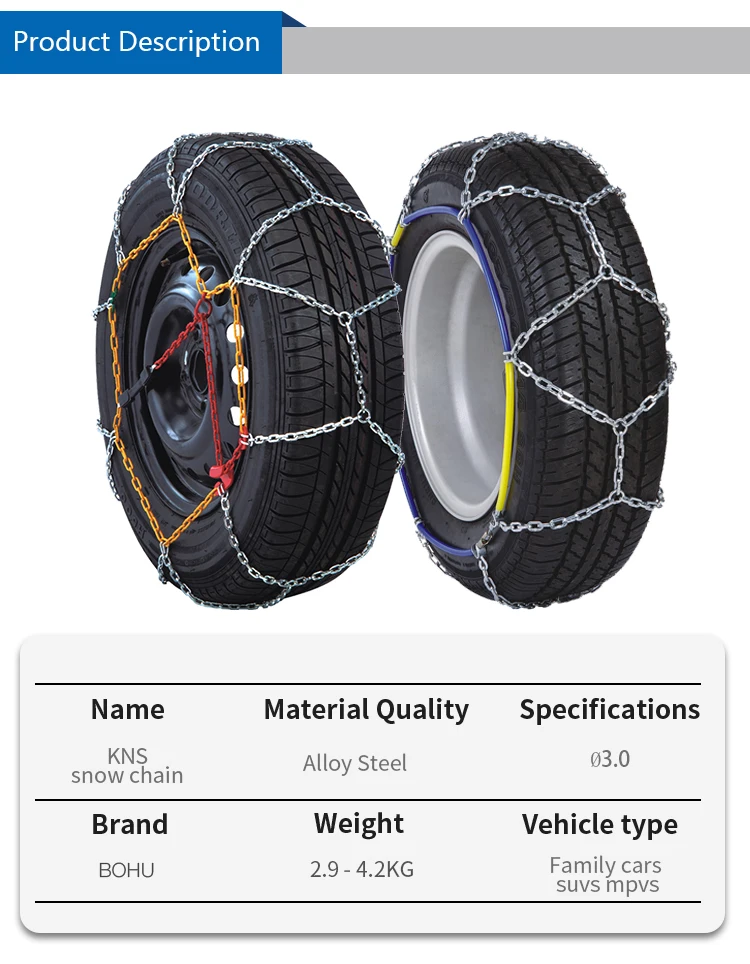 We have made a special calculator that will help you calculate the fair value of tires, regardless of the manufacturer, technical parameters of tires and their number in the kit.
We have made a special calculator that will help you calculate the fair value of tires, regardless of the manufacturer, technical parameters of tires and their number in the kit.
